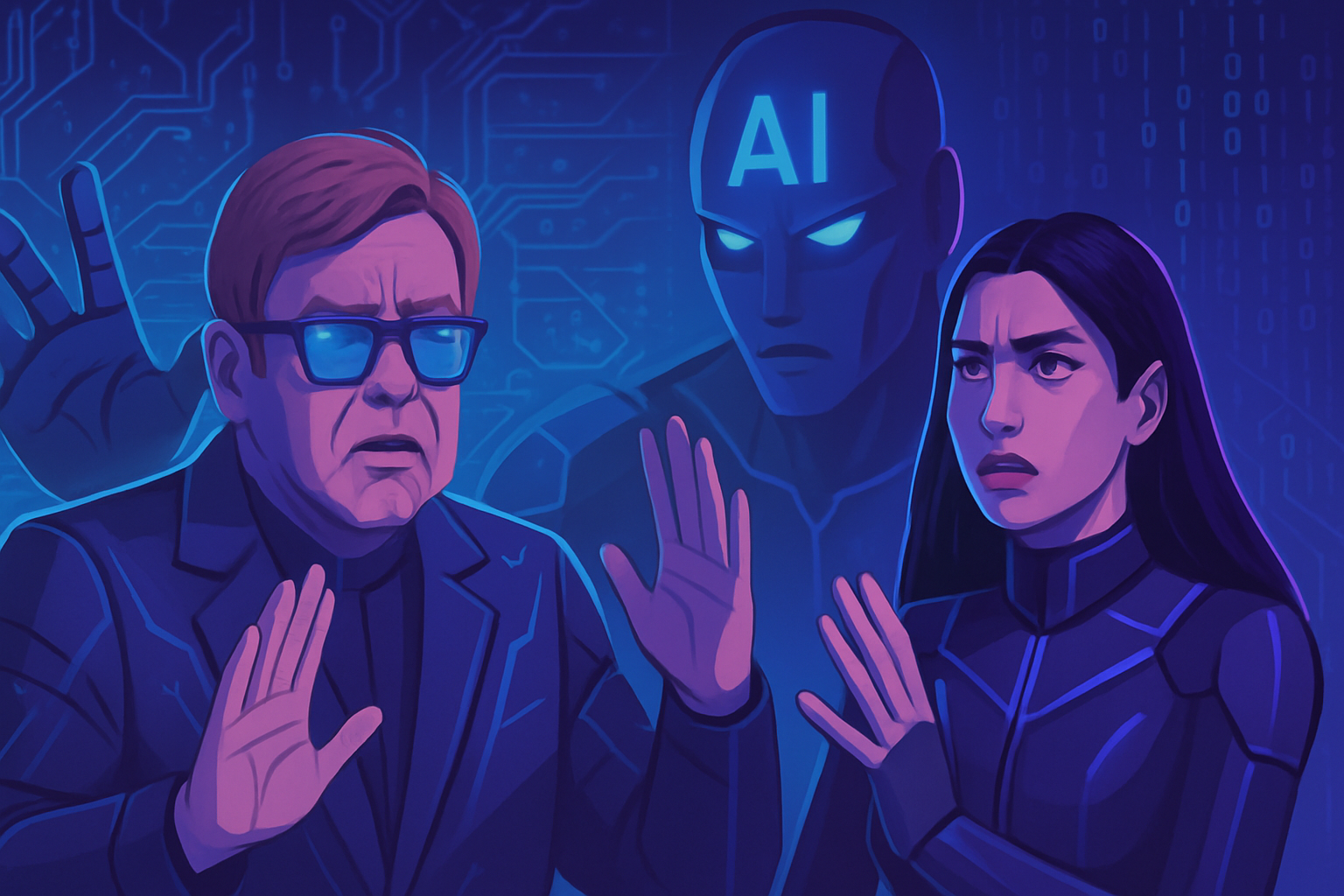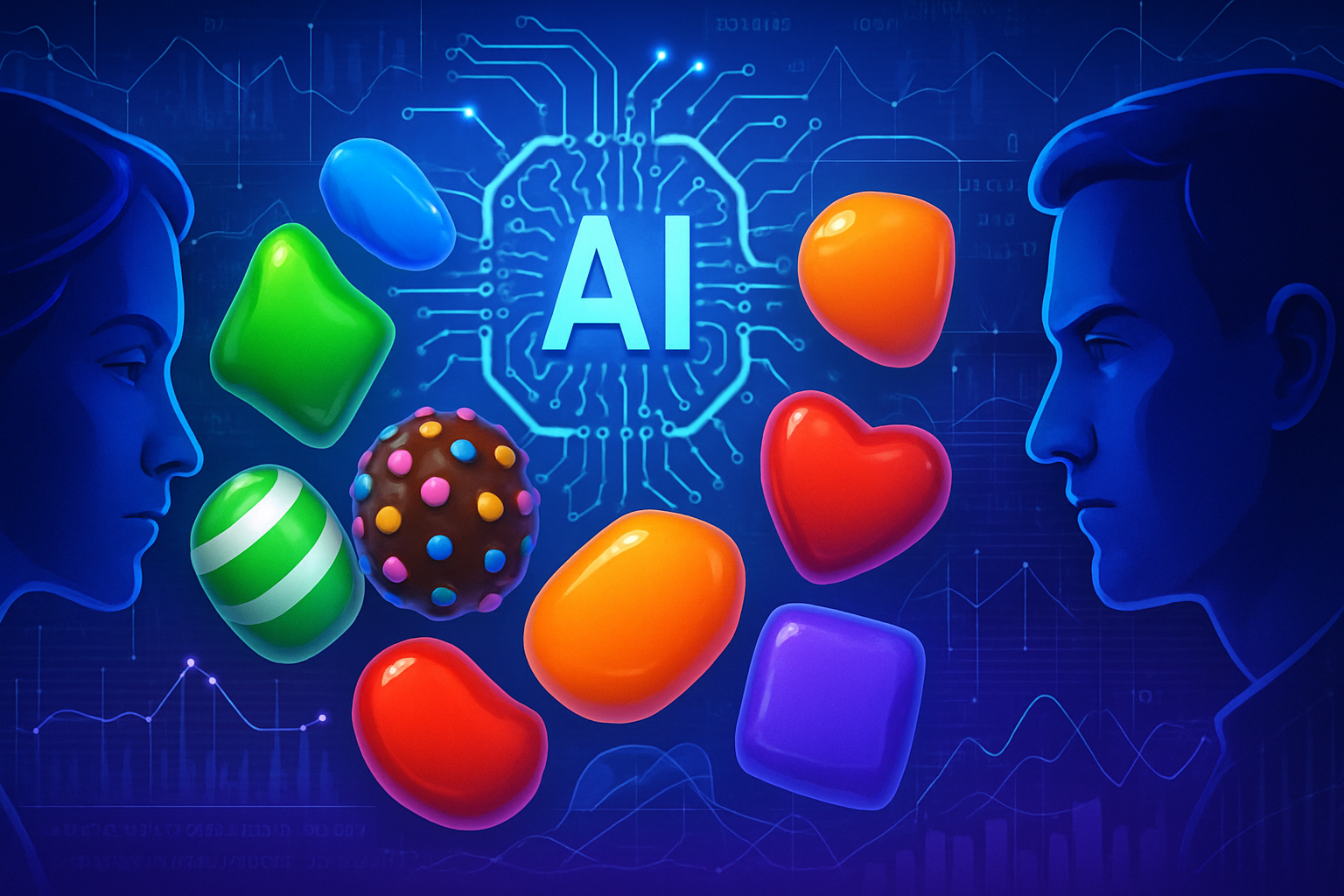Cyberattacks orchestrated in the age of AI present a growing threat, transforming the digital landscape. The sophisticated tools developed by cybercriminals exploit automation and the refinement of malicious techniques. These strategies call for constant vigilance and the development of appropriate responses.
*AI shapes new discreet and formidable threats*, complicating business defenses. The financial and reputational consequences of breaches can be disastrous, making the integration of advanced security technologies essential. *Faced with increasingly complex attacks*, organizations must develop robust and proactive defense strategies.
Protection and anticipation, keys to modern cybersecurity. The urgency to adopt a multidimensional approach is felt, dictated by the rapid evolution of cybercriminal tactics.
AI-Enhanced Cyberattacks
The rapid development of artificial intelligence has radically transformed the landscape of cyberattacks, facilitating the emergence of sophisticated and insidious methods. In 2024, according to the International Monetary Fund (IMF), the introduction of AI could lead to an increase in global GDP of $15.7 trillion by 2030, but it also brings significant repercussions for cybersecurity.
Alarming Statistics on Cyber Threats
The figures related to cyberattacks are staggering. Ransomware, fueled by AI techniques, increased by 105% between 2020 and 2022, optimizing infiltration strategies into systems. Cybersecurity Ventures predicts that the harmful costs of cyberattacks could reach $10.5 trillion by 2025, marking an alarming increase from $3 trillion in 2015. This data illustrates the growing impact of complex and automated threats.
Phishing and Social Manipulation in the Age of AI
Phishing is one of the earliest applications of AI in cybercrime. A report from CISCO reveals that 90% of successful cyberattacks begin with a phishing attempt. Hackers now exploit artificial intelligence networks to create spear phishing messages, making deception more sophisticated and targeted. In 2020, an attack on Twitter demonstrated this capability, using messages mimicking internal communications to deceive employees and access accounts.
Advanced Ransomware and Consequences
Ransomware proves to be among the most lucrative forms of cyberattacks, benefiting from AI advancements to analyze network defenses in real-time. In 2021, an attack targeting the healthcare sector in the United States allowed malware to exploit vulnerabilities to bypass protective devices, resulting in the encryption of thousands of medical records. This crime seriously disrupted hospital services, jeopardizing many lives and causing significant financial losses.
Deepfakes and Disinformation
Deepfake techniques offer new methods of manipulation and extortion. In 2020, a bank director in Hong Kong was duped by an audio deepfake that replicated the voice of an influential client. This fraud led to a $35 million transfer to a fraudulent account, underscoring the extent of losses that these attacks can cause.
Responses to Modern Threats
In light of the worsening cyber threats, developing defense strategies becomes imperative. The adoption of artificial intelligence technologies for anomaly detection proves promising. The use of advanced algorithms allows for faster and more effective detection of threats such as phishing or ransomware, while optimizing response times to incidents.
Governmental and Regulatory Initiatives
Government initiatives aim to strengthen national cybersecurity. The state has launched twelve projects focused on critical technologies, aiming to promote better defense against AI-assisted cyberattacks. Regulation of AI systems has also become centralized, with the EU unveiling proposals for regulatory frameworks to govern the use of these technologies, thus ensuring a balance between innovation and security.
Education and Awareness
Education about cyber threats is essential. Companies must enhance their internal training and raise employee awareness about phishing and other risks. Constant vigilance against the emergence of sophisticated cyberattack tactics is necessary to present a better adapted resilience.
Technological Trends to Watch
Monitoring trends heavily relies on the evolution of cyber threats. Text generation algorithms, such as GPT-3, are used to produce deceptive content that can spread rapidly via social media. AI-powered misinformation campaigns capable of targeting opinions and influencing entire groups are becoming a widespread threat.
Thus, companies and governments must prepare response strategies. Establishing cybersecurity collaboration networks can help anticipate attacks and ultimately protect critical data.
Frequently Asked Questions about Cyberattacks in the Age of AI
What are common forms of AI-powered cyberattacks?
AI-powered cyberattacks primarily include automated phishing, advanced ransomware, deepfakes for social manipulation, and misinformation campaigns.
How can companies detect AI-based cyberattacks?
Companies can use AI systems for anomaly analysis and real-time threat detection, integrating advanced security solutions to monitor activities on their networks.
What defense strategies are effective against AI-powered phishing?
Regularly training employees on phishing techniques and implementing advanced security filters on emails to detect and block malicious content is crucial.
How does AI enhance responses to cybersecurity incidents?
AI allows for rapid incident analysis, providing automatic recommendations to counter threats and reduce response time, which is essential for mitigating the impact of cyberattacks.
Are small businesses more vulnerable to AI-powered attacks?
Yes, small businesses often lack resources and training in cybersecurity, making them more susceptible to automated attacks.
What tools can help defend against AI-powered ransomware?
Companies should invest in robust data backup solutions, intrusion detection systems, and training to raise employee awareness of ransomware risks.
How can artificial intelligence be used to strengthen cybersecurity?
By integrating AI into security systems, companies can proactively analyze data, anticipate potential threats, and deploy preventive measures.
What practices should be implemented to limit the risks of cyberattacks in the age of AI?
Best practices include regular system updates, creating strict security policies, and ongoing employee education about emerging threats.
Are deepfakes a real threat to companies?
Yes, deepfakes can be utilized in phishing or manipulation attacks, jeopardizing the company’s reputation and compromising sensitive data.
What advice can be given to manage targeted misinformation campaigns on social media?
Companies should actively monitor online discussions, quickly identify misleading content, and develop communication strategies to correct false information.






